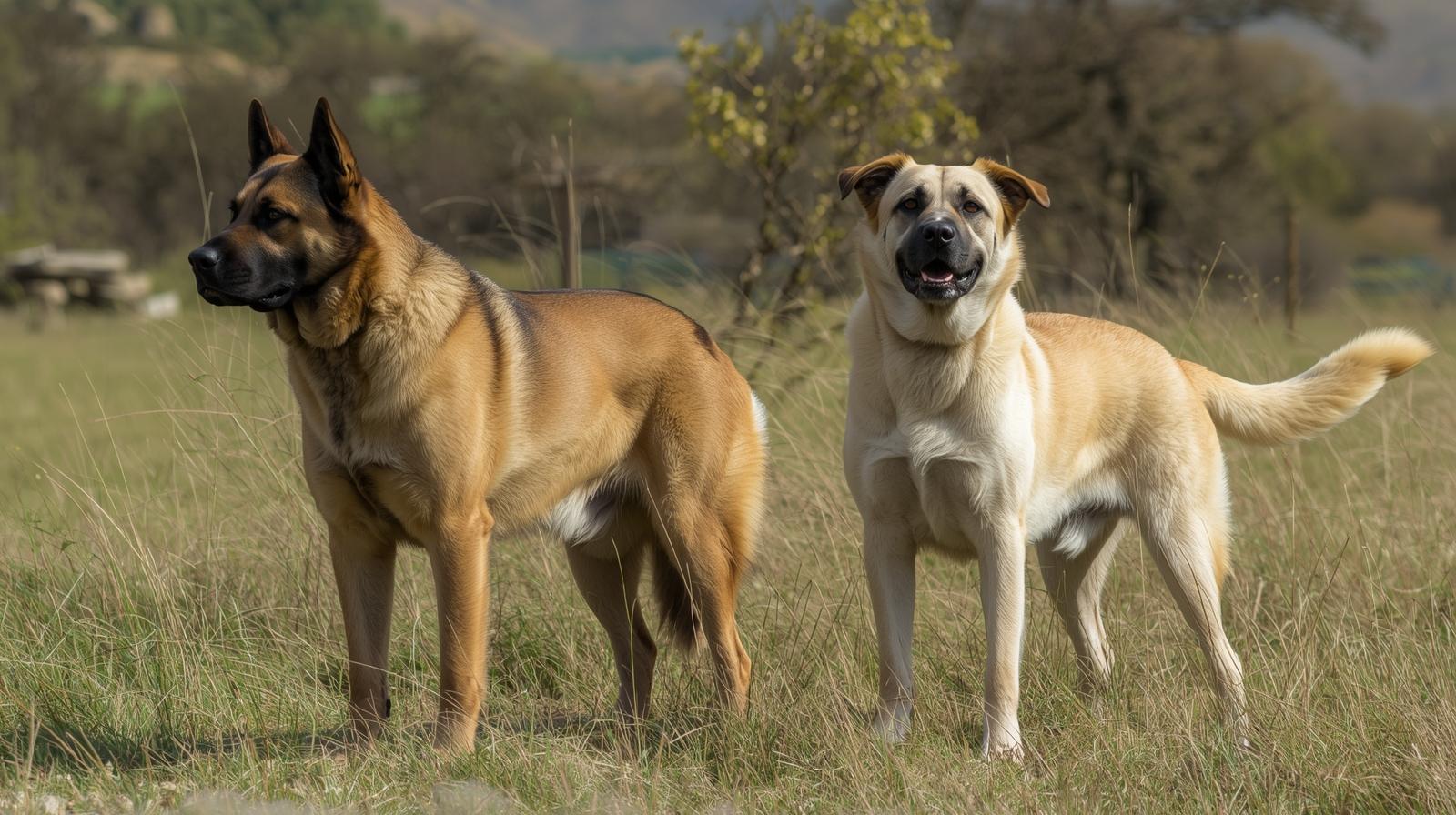Introduction
Biting is a natural action shared by humans and animals, but the force behind each bite varies dramatically. Bite pressure, measured in PSI (pounds per square inch), reveals a lot about jaw strength, diet, and evolution. While humans can bite, the strength pales in comparison to most dog breeds. In this article, we explore human bite pressure, compare it to dogs, and uncover surprising facts backed by scientific data.
Understanding Bite Pressure
What is Bite Pressure?
Bite pressure measures the force applied by the jaws when clamping down on an object. It’s expressed in PSI (pounds per square inch). Higher PSI indicates stronger bite force, which can crush harder substances.
Factors Influencing Bite Strength
Bite force varies due to multiple factors:
➤ Jaw muscle size – Stronger muscles increase PSI.
➤ Tooth structure – Molars handle more force than incisors.
➤ Age – Bite strength peaks in adulthood and declines with age.
➤ Gender – Men generally have slightly higher bite force than women.
➤ Health and diet – Malnutrition or dental issues can reduce bite pressure.
Human Bite Pressure
Humans are not known for extreme bite force, but our jaws are functional for our diet.
- Average adult bite force: 162–200 PSI
- Strongest recorded human bite: ~200 PSI
- Molars can exert slightly more pressure than front teeth
Humans evolved to have versatile jaws for chewing a variety of foods, not for hunting or defense.
Dog Bite Pressure
Dogs have evolved strong jaws for hunting, protection, and survival. Bite pressure varies by breed, size, and skull shape.
| Dog Breed | Average Bite Force (PSI) | Notes |
|---|---|---|
| German Shepherd | 238 | Common police and guard dog |
| Rottweiler | 328 | Known for strong jaw and protective instinct |
| Pit Bull | 235 | Powerful bite despite size |
| Doberman | 228 | Agile and strong bite |
| Kangal | 743 | One of the strongest dog bites recorded |
- Surprising Fact: Some large breeds like the Kangal can bite with more than 3 times the force of a human.
Comparing Humans and Dogs
When comparing human bite pressure to dogs, the difference is staggering:
- Average human: 162–200 PSI
- Average dog (medium breed): 228–328 PSI
- Some large dogs (Kangal): 743 PSI
Key Takeaways
✦ Humans bite for eating and occasional defense.
✦ Dogs’ jaws are evolutionarily designed for hunting and protection.
✦ Skull shape, muscle attachment, and diet explain the differences.
Jaw Anatomy Differences
Understanding bite strength requires a look at anatomy:
Humans:
- Smaller temporalis and masseter muscles
- Flat molars for grinding
- Versatile diet-driven jaw
Dogs:
- Larger temporalis and masseter muscles
- Carnassial teeth for tearing flesh
- Strong ligament and skull structure for leverage
Surprising Facts About Bite Strength
- 🔹 Human bite can crush hard foods but is weaker than many dog breeds.
- 🔹 Certain dog breeds have a bite that can puncture metal in controlled experiments.
- 🔹 Bite force is not the only factor; jaw endurance and angle of attack matter.
- 🔹 Children’s bite PSI is significantly lower, usually under 100 PSI.
Bite Safety Tips
Even though humans have weaker bites, safety is essential around animals.
💠 Avoid provoking dogs or wild animals.
💠 Use bite-resistant gloves when handling aggressive dogs.
💠 Train and socialize pets to reduce biting incidents.
💠 Keep children supervised around dogs.
FAQs
1. What is the strongest human bite recorded?
The strongest human bite recorded is around 200 PSI, usually from a healthy adult male using molars.
2. Which dog has the strongest bite?
The Kangal dog holds the strongest recorded bite force at around 743 PSI.
3. Can human jaws cause serious injury?
Yes, a human bite can break skin, transmit bacteria, and cause injury, though it’s less severe than most large dog bites.
4. Does age affect bite strength?
Yes, bite strength peaks in adulthood and declines with age or dental problems.
5. How do humans compare to other primates?
Chimpanzees have a bite force of around 1,300 PSI, far stronger than humans.
Conclusion
Human bite pressure is modest compared to dogs, highlighting the evolutionary adaptation of canines for hunting and defense. While humans have versatile jaws suited for grinding and chewing, dogs’ bite force demonstrates the power of evolution in carnivorous and protective roles. Understanding these differences helps in safety, animal care, and appreciating the fascinating biology behind bite mechanics.
Key Takeaways:
- Human PSI averages 162–200, while dogs can exceed 700.
- Jaw anatomy and muscle strength explain the differences.
- Bite safety and awareness are crucial when interacting with animals.

Bu kadar hızlı ve şık bir site için tebrikler. Bu standardı yakalamak isteyen hosting firmaları için kullandığım temayı önerebilirim: https://hostkur.com/ | Host Kur, | https://hostkur.com//yazilim/core-tema-wisecp-tema